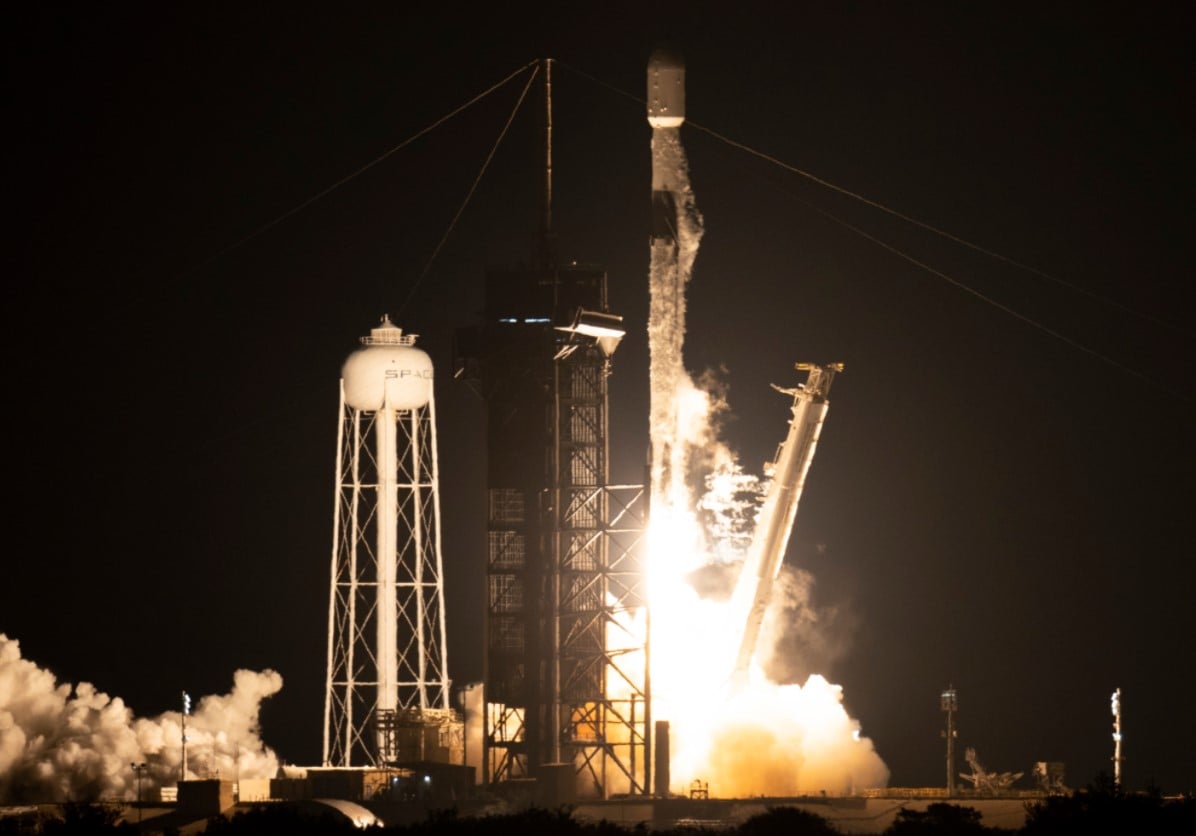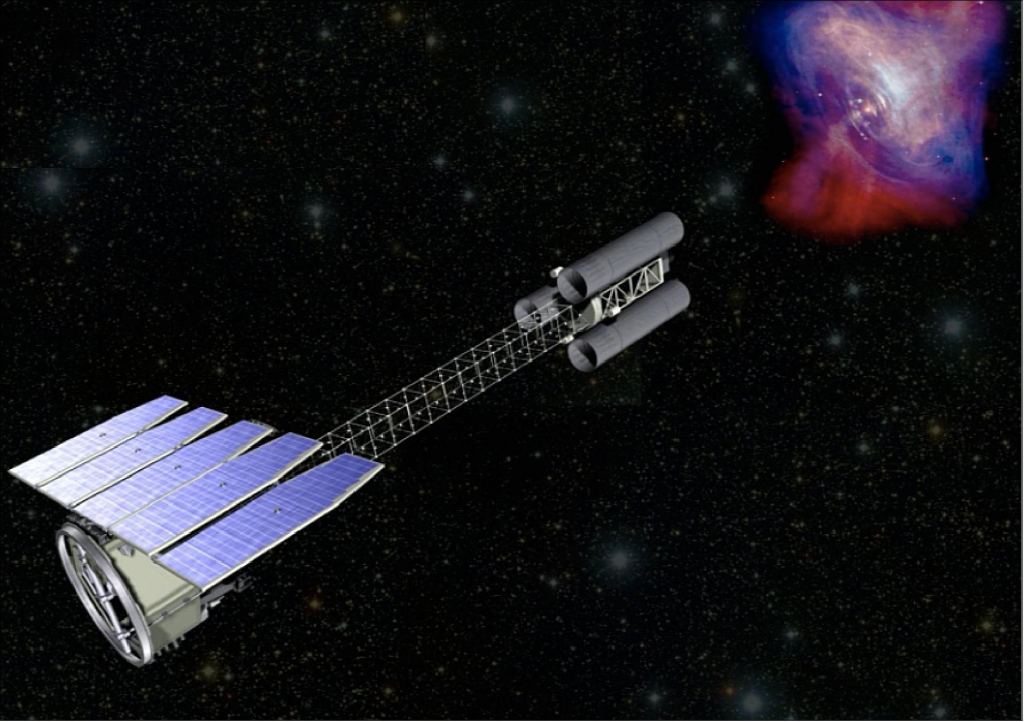A new mission has launched to study some the most intriguing secrets of the universe. No, not THAT spacecraft (JWST is scheduled for launch on December 22). Another new and exciting mission is called Imaging X-ray Polarimetry Explorer (IXPE) and it will allow scientists to explore the hidden details of some of the most extreme and high-energy objects in the cosmos, such as black holes, neutron stars, pulsars and dozens of other objects.
IXPE launched at 1 a.m. EST on December 9 on board a SpaceX Falcon 9 rocket from NASA's Kennedy Space Center in Florida. IXPE was placed in an orbit around Earth's equator at an altitude of approximately 372 miles (600 kilometers). About 40 minutes after launch, mission operators received the confirmation that it reached the correct orbit, and it sent the first telemetry data back to Earth. First light operations are scheduled to begin in January, 2022.
Loading tweet...
— View on Twitter
IXPE is a joint effort between NASA and the Italian Space Agency, and is the first space observatory dedicated to measuring the polarization of X-rays from some of the most fascinating and dynamic objects in the universe.
"IXPE represents another extraordinary first," said NASA's Thomas Zurbuchen, associate administrator for the Science Mission Directorate. "Together with our partners in Italy and around the world, we've added a new space observatory to our fleet that will shape our understanding of the universe for years to come. Each NASA spacecraft is carefully chosen to target brand new observations enabling new science, and IXPE is going to show us the violent universe around us – such as exploding stars and the black holes at the center of galaxies – in ways we've never been able to see it."
Objects such as black holes can heat surrounding gases to more than a million degrees. The high-energy X-ray radiation from this gas can be polarized – vibrating in a particular direction. Determining the direction and other details of these emissions provides clues about the turbulent environment from which the light originates.
The main science objectives for IXPE will help to answer these questions:
- What physical processes lead to particle acceleration and X-ray emission?
- What are the geometries of the flows, emission regions, and magnetic fields?
- What are the physical effects of gravitational, electric, and magnetic fields at their extreme limits?
IXPE has three telescopes on board with special polarization-sensitive detectors. Combining forces with other missions (such as JWST, hopefully!) will provide insights on the universe across the light spectrum. But IXPE will also build on the findings from other telescopes, such as the Chandra X-ray Observatory.
"It is an indescribable feeling to see something you've worked on for decades become real and launch into space," said Martin Weisskopf, IXPE's principal investigator. IXPE is the brainchild of Weisskopf, who has conducted seminal experiments in X-ray astronomy since the 1970s. "This is just the beginning for IXPE. We have much work ahead. But tonight, we celebrate!"
 Universe Today
Universe Today

